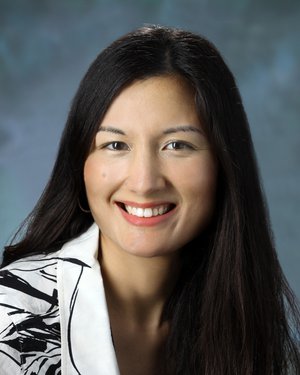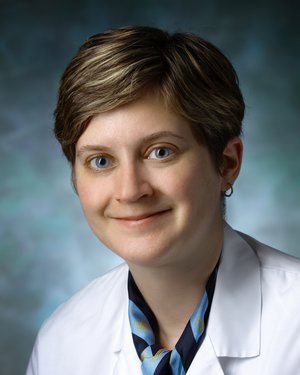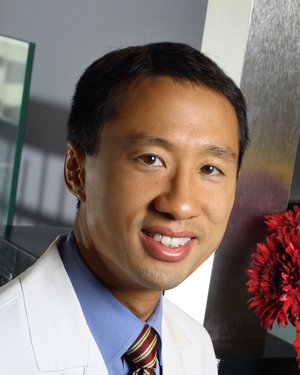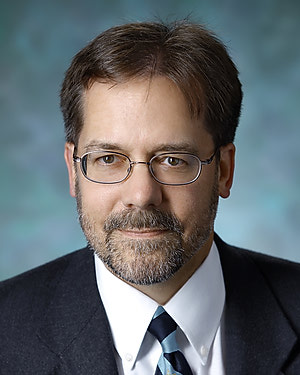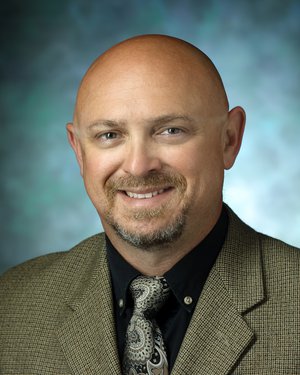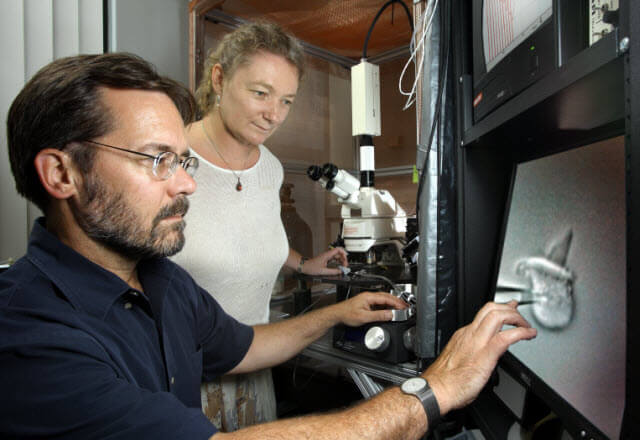
The experts in the Department of Otolaryngology-Head and Neck Surgery have dedicated themselves to advancing their field through thoughtful and groundbreaking research. Each of our eight research groups works diligently to constantly learn more about their topic and educated the medical community about their findings.
Clinical Trials
The following clinical trials are currently being offered by the Department of Otolaryngology-Head and Neck Surgery.
Primary Investigators
- 1
- 2
-
Agrawal Lab
The Agrawal Lab is focused on the medical and surgical treatment of otologic and neurotologic conditions. Research is focused on the vestibular system (the inner ear balance system), and how the function of the vestibular system changes with aging. Particular focus is given to study how age-related changes in vestibular function influence mobility disability and fall risk in older individuals.
-
Andrew Lane Lab
The Lane laboratory is focused on understanding molecular mechanisms underlying chronic rhinosinusitis, particularly the pathogenesis of nasal polyps, as well as inflammation on the olfactory epithelium. Diverse techniques in molecular biology, immunology, and physiology are utilized to study epithelial cell innate immunity, olfactory loss, and response to viral infection. Ongoing work explores how epithelial cells of the sinuses and olfactory mucosa participate in the immune response and contribute to chronic inflammation. The lab creates and employs transgenic mouse models of chronic nasal/sinus inflammation to support research in this area. Collaborations are in place with the School of Public Health to explore mechanisms of anti-viral immunity in influenza and COVID-19.
-
Auditory Brainstem Laboratory
The overall goal of the Auditory Brainstem Library is to understand how abnormal auditory input from the ear affects the brainstem, and how the brain in turn affects activity in the ear through efferent feedback loops. Our emphasis is on understanding the effects of different forms of acquired hearing loss (genetic, conductive, noise-induced, age-related, traumatic brain injury-related) and environmental noise. We are particularly interested in plastic changes in the brain that compensate for some aspects of altered auditory input, and how those changes relate to central auditory processing deficits, tinnitus, and hyperacusis. Understanding these changes will help refine therapeutic strategies and identify new targets for treatment. We collaborate with other labs in the Depts. of Otolaryngology, Neuroscience, Neuropathology, the Wilmer Eye Institute, and the Applied Physics Laboratory at Johns Hopkins, in addition to labs outside the university to increase the impact and clinical relevance of our research.
-
Cochlear Center for Hearing and Public Health
The Cochlear Center for Hearing and Public Health is dedicated to training clinicians, researchers and public health experts to study and address the impact that hearing loss has on older adults and public health. We aim to make measured local, national and global impacts through a macro level (e.g., public policy legislation), micro level (e.g., programs to deliver hearing care to individuals in a particular community), and everywhere in between (e.g., influential research publications, etc.) to adhere to our center’s overall mission and vision of effectively optimizing the health and function of an aging society and become the premier global resource for ground-breaking research and training on hearing loss and public health.
-
Cochlear Neurotransmission Group
The Cochlear Neurotransmission Group studies the generation and propagation of neural signals in the inner ear. Our laboratories use biophysical, electrophysiological, molecular biological and histological methods to determine fundamental molecular mechanisms by which neurotransmitters are released from primary sensory cells ('hair cells') to excite second order neurons carrying information to the brain. We apply these same techniques to study inhibitory feedback produced by brain neurons that project to and regulate the sensitivity of the cochlea.
-
Glowatzki Lab
Research in the Glowatzki Lab focuses on the auditory system, with a particular focus on synaptic transmission in the inner ear.
Our lab is using dendritic patch clamp recordings to examine mechanisms of synaptic transmission at this first, critical synapse in the auditory pathway. With this technique, we can diagnose the molecular mechanisms of transmitter release at uniquely high resolution (this is the sole input to each afferent neuron), and relate them directly to the rich knowledge base of auditory signaling by single afferent neurons.
We study pre- and post-synaptic mechanisms that determine auditory nerve fiber properties. This approach will help to study general principles of synaptic transmission and specifically to identify the molecular substrates for inherited auditory neuropathies and other cochlear dysfunctions.
-
Head and Neck Cancer Clinical Trials and Tissue Bank
The Johns Hopkins Head and Neck Cancer Tissue Bank enrolls patients and collects research specimens from Head and Neck Tumor patients, both cancerous and benign, with particular focus on Head and Neck Squamous Cell Cancer patients. It provides specimens to researchers both within the institution and outside.
Principal Investigator
Department
-
Laboratory of Vestibular NeuroAdaptation
The Laboratory of Vestibular NeuroAdaptation investigates mechanisms of gaze stability in people with loss of vestibular sensation. A bulk of our research investigates motor learning in the vestibulo-ocular reflex (VOR) using different types of error signals. In addition, we investigate the synergistic relationship between the vestibular and saccadic oculomotor systems as trainable strategies for gaze stability. We are particularly interested in developing novel technologies to assess and deliver improved rehabilitation outcomes. We are validating a hand-held computer tablet for assessment of sensorimotor function and participating in a clinical trial comparing traditional vestibular rehabilitation against a device developed in our laboratory that can unilaterally or bilaterally strengthen the VOR.
Members of the lab include physical therapists, physicians, engineers, statisticians and post-doctoral fellows. The laboratory is supported by generous grant funding from NASA, the NIH, the DOD and grateful patients
-
Machine Biointerface Lab
Dr. Fridman's research group invents and develops bioelectronics for Neuroengineering and Medical Instrumentation applications. We develop innovative medical technology and we also conduct the necessary biological studies to understand how the technology could be effective and safe for people.
Our lab is currently focused on developing the "Safe Direct Current Stimulation" technology, or SDCS. Unlike the currently available commercial neural prosthetic devices, such as cochlear implants, pacemakers, or Parkinson's deep brain stimulators that can only excite neurons, SDCS can excite, inhibit, and even sensitize them to input. This new technology opens a door to a wide range of applications that we are currently exploring along with device development: e.g. peripheral nerve stimulation for suppressing neuropathic pain, vestibular nerve stimulation to correct balance disorders, vagal nerve stimulation to suppress an asthma attack, and a host of other neuroprosthetic applications.
Medical Instrumentation MouthLab is a "tricorder" device that we invented here in the Machine Biointerface Lab. The device currently obtains all vital signs within 60s: Pulse rate, breathing rate, temperature, blood pressure, blood oxygen saturation, electrocardiogram, and FEV1 (lung function) measurement. Because the device is in the mouth, it has access to saliva and to breath and we are focused now on expanding its capability to obtaining measures of dehydration and biomarkers that could be indicative of a wide range of internal disorders ranging from stress to kidney failure and even lung cancer.
- 1
- 2
